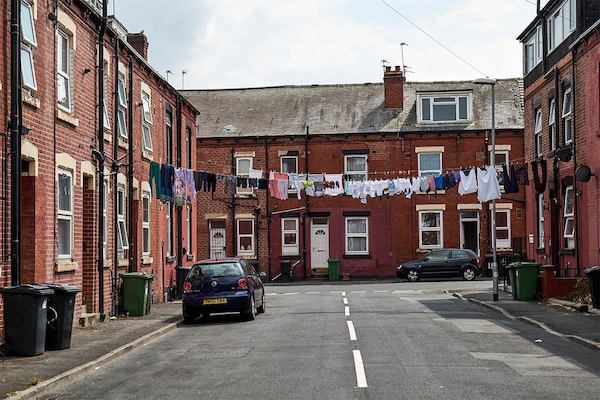The most recent data from the Family Resources survey reveals 44% of pension age people in the UK report that they are disabled, with mobility impairment the most common experience – so what’s new about that?
Some of us are familiar with the day-to-day practical challenges of life as an older person. Before the pandemic we may have agonised about whether an older relative could easily attend a family get together; could they get up the steps to our front door, use the toilet easily or stay the night? Habinteg asked about this in a YouGov poll in 2019 and found that some 69% of respondents wouldn’t be able to welcome a wheelchair user into their home.
For far too many older people, their home, and those of family and friends, present design features which at best limit their activity and at worst are a danger. Trip and fall hazards are the second most frequently identified issue in surveys using the Housing Health and Safety Ratings System and since COVID-19 hit many have been forced to spend even more time at home, exposed to these hazards 24/7. It’s all too easy to accept these challenges and limitations as an inevitable side effect of growing older. Many older people with age-related impairments don’t consider themselves ‘disabled’. And although we should respect their self-definition, this can be a barrier to policy makers understanding what needs to change.
The English Household Survey, for example, systematically underrepresents older people’s housing needs. It first asks people if they are disabled and only then asks about their need for access features in the home. Consequently we under-record the housing needs of many older people who see themselves as simply ‘getting older’ rather than being disabled. Taking a leaf out of the book of the disability movement can help – the social model of disability determines that people are disabled by their environment. It’s not a status conferred by a physical or sensory impairment, but by the way that society builds and does things – creating barriers and exclusions. Applying the social model to older people as they age allows us to confront common assumptions and see that some of the challenging aspects of ageing are environmental. Disabled older people can live full lives as long as the homes they live in (along with those of friends, neighbours, families) are accessible.


